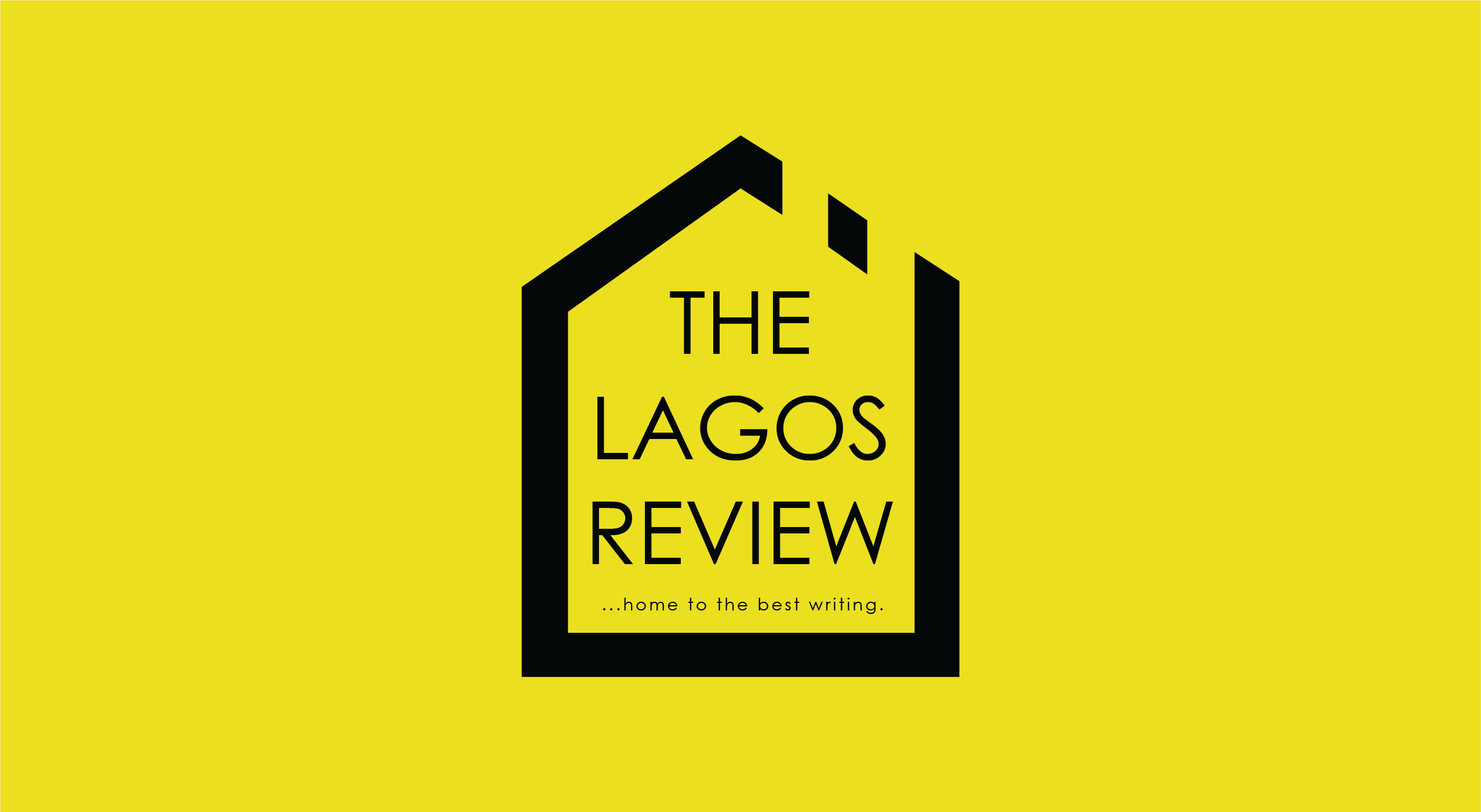Lagos has never served as a mere backdrop in Nollywood. It is a living, breathing force: seductive and suffocating, chaotic and magnetic, always present whether explicitly named or not.
No other city is as ubiquitous in Nigerian cinema, nor carries so much narrative weight. It is not simply scenery but character — one that tempts, deceives, nurtures, and destroys. Lagos is Nollywood’s most persistent villain, a city that makes and unmakes lives on screen, just as it does off-screen.
This should not surprise anyone who knows the city. With over twenty million people, Lagos is Nigeria’s economic engine and its most mythologised urban space. It is both a gateway and a trap: the place people flock to for opportunity and the place that swallows them whole. For Nollywood, which has always thrived on melodrama, contradiction, and excess, Lagos is a natural muse. The city condenses the promise and the perils of Nigeria itself.
From Nollywood’s earliest wave in the home-video era, Lagos was framed as the “city of dreams” albeit one that could quickly become a nightmare. Living in Bondage (1992), often marked as the genesis of Nollywood’s home-video boom, sets the tone. Andy Okeke, desperate for wealth and social mobility, joins a cult that demands the ultimate sacrifice: his wife’s life. Beneath the occult trappings lies a clear moral geography. The provincial represents innocence and tradition; Lagos, ambition and corruption. To step into Lagos is to enter a space where dreams are available, but only through compromise.
Other early classics further reinforced this theme. Glamour Girls (1994) and Domitilla (1996) depicted young women navigating Lagos’s underbelly of sex work, scams, and sugar daddies. The city, in these films, is both alluring and dangerous -a space of fast money,fashion, and ruin. These stories popularised a template: Lagos as the place where rural migrants lose innocence, where morality is tested, and where survival requires a kind of urban cunning.

This Lagos was not glamorous in the Hollywood sense. It was gaudy, sweaty, excessive -the Lagos of nightclubs, backrooms, and traffic jams. The hand-held camerawork of the home-video era, with its close-ups and erratic pacing, only amplified the sense of disembodied chaos. The city itself seemed unstable, unreliable, unpredictable.
By the 2010s, Nollywood had shifted into a new era, marked by higher budgets and cinema distribution. With this came a shinier Lagos. Kemi Adetiba’s The Wedding Party (2016) is a quintessential example. Shot in the Eko Hotel, polished into a fantasy of cosmopolitan grandeur, the film presents Lagos as aspirational playground. Here, Lagos is filled with wealthy families, stylish weddings, and the kind of social spectacle that could rival any Bollywood extravaganza.
Yet even within this gloss, Lagos asserts itself. Traffic delays complicate the ceremony, class hierarchies intrude on romance, and the density of social life generates both comedy and tension. Lagos is seductive here, but also exhausting.
The television series Before 30 (2015) portrays another aspirational Lagos, this time through the lens of middle-class women navigating careers and relationships. The city dictates the tempo: professional success is possible, but so is burnout; love is available, but under the constant pressure of social timelines. Lagos is not simply where these women live – it sets the stakes of their lives.
In this aspirational mode, Lagos becomes stage and clock. It offers spectacle, but also a ticking pressure. Success in Lagos is dazzling, but failure is public and unforgiving.
If glossy Nollywood shows Lagos from above, street-level Nollywood reveals a different city. Ema Edosio’s Kasala! (2018) unfolds in the backstreets of working-class Lagos, where four boys scramble to fix a car (they’ve crashed) before its owner finds out. The comedy is rooted in scarcity: every naira matters, every option is risky, every hustle is survival. Lagos here is not dreamland but a cage, its residents improvising daily to outwit poverty and authority at once.

Other films echo this gritty portrait. Dare Olaitan’s Ojukokoro (2016) follows a fuel station robbery gone wrong, its absurdity amplified by Lagos’s atmosphere of mistrust and desperation. Funke Akindele’s Omo Ghetto series portrays another version of the Lagos hustle, where women in the city’s ghettos form gangs, fight, and hustle, all with comic bravado.
What unites these depictions is that Lagos is represented as both a comic stage and pressure cooker. The city constrains mobility, yet also inspires ingenuity. In these films, laughter is survival. The hustle is not just economic – it’s existential.
Where comedy reveals hustle, crime dramas reveal blood. Jade Osiberu’s Gangs of Lagos (2023) portrays Lagos Island as a battleground, where politics, violence, and inheritance intertwine. Territory is destiny: to grow up in a certain street is to inherit cycles of gang conflict. The city is not a backdrop but battleground, shaping lives with brutal determinism. Kemi Adetiba’s King of Boys (2018) similarly depicts Lagos as an arena of political power, corruption, and betrayal all steeped in blood. The city is a chessboard where survival requires ruthlessness.

These violent Lagos films echo earlier depictions of the city as a corruptor, but with sharper focus on systemic forces. Lagos is not just temptation here – it is a trap, and a system that produces cycles of violence no individual can escape.
The most recent wave of Nollywood and Nigerian cinema has sharpened Lagos into its most villainous form: the city as suffocating organism. Afolabi Olalekan’s Freedom Way (2024), inspired by the motorcycle ban of 2020, captures this with chilling clarity. The policy change destroys livelihoods overnight, leaving riders and their families scrambling. In this Lagos, survival means mutation: policemen become predators, doctors turn cold, hustlers lose dignity. The city devours its denizens.
Chuko and Arie Esiri’s Eyimofe (2020) takes a quieter but equally devastating approach. Following two characters whose lives collapse under the weight of Lagos’s economic pressures, the film presents the city as series of closed doors. Paperwork fails, opportunities evaporate, and migration dreams crumble. Lagos here is suffocation through bureaucracy and neglect. No villains are needed -the city is the villain!
The presentation of Lagos as unyielding and devastating continues to the present and Kemi Adetiba’s To Kill a Monkey is a good example.
In these films, Lagos is not opportunity or even battleground. It is villain incarnate: a system that crushes individuals until only despair remains.

These different cinematic portrayals of Lagos are not contradictions so much as modalities of a single urban imagination. The best way to understand this multiplicity is to consider the French philosopher, Henri Lefebvre’s argument that space is socially produced – that cities are not neutral containers, but the material and symbolic results of social relations, political will, and economic priorities. In cinematic terms, Lagos is a produced space whose meanings are continuously negotiated: the “conceived” Lagos of planners and elites, the “perceived” Lagos of daily routines and labour, and the “lived” Lagos of memory, myth, and effect all coexist and collide onscreen. Therefore filmmakers choose which dimension to foreground, and in doing so they reveal where power lives and how it moves.
Cinema has long treated cities as characters. New York in Martin Scorsese’s films is menace and temptation; in Spike Lee’s work, it is both battleground and community. Mumbai in Bollywood is both fantasy factory and slumscape, often oscillating between glamour and grit. São Paulo in Brazilian cinema becomes a sprawl of inequality, where favelas rub against skyscrapers.

Yet Lagos differs in intensity and contradiction. Its cinematic presence is not tied to a single identity but to its instability. Lagos is always too much = too loud, too crowded, too chaotic, too seductive. Its contradictions are not background noise but central plot. Where other cinematic cities often lean toward one archetype (New York as ambition, Mumbai as spectacle), Lagos insists on being all at once: dream, nightmare, playground, battleground, siren and villain.
Lagos, more than any other space in Nollywood, crystallises the contradictions of Nigeria itself. The city promises opportunity yet metes out hardship with the same intensity; it dazzles with its excess while suffocating with its scarcity. To enter Lagos on-screen is to be confronted with the paradoxes that define the nation = ambition and corruption, resilience and fatigue, spectacle and decay. Every character that grapples with Lagos is also grappling with the wider condition of being Nigerian: the sense that survival demands ingenuity but offers no guarantees, that progress comes tethered to sacrifice. In this way, Lagos functions as more than a setting; it is a national allegory, a cinematic double for the country’s fractured soul.
What makes this portrayal enduring is not simply that Lagos appears often, but that it appears insistently as a force of fate. Nollywood returns to Lagos again and again because the city embodies the drama of the collective: it gives just enough to sustain the dream while taking enough to keep that dream precarious. Hope and despair live side by side here, not as opposites but as inseparable companions. That is why Lagos has become Nollywood’s greatest recurring character – a villain we cannot escape, because it is, in essence, us. To watch Lagos on-screen is to confront ourselves, our compromises, and our capacity for survival.
The city on film will continue to seduce and betray, to nourish and to wound, because that is the very contradiction of Nigerian life. And in refusing to offer simple resolutions, Nollywood preserves Lagos’s most unsettling truth: that its story is also our story, unfinished, contested, and unavoidably shared.
***Joseph Jonathan is a film journalist and critic whose work explores the intersections of history, culture and film. Catch him on X @chukwu2big




